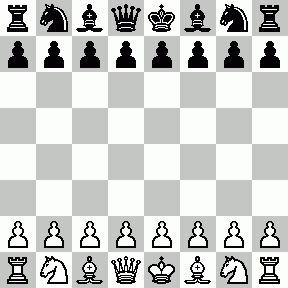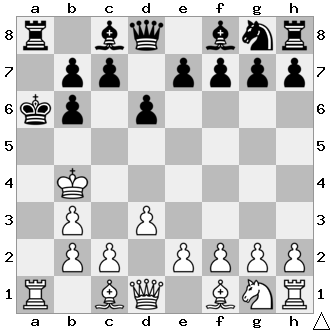After finishing the mating move in the second game, Li Chai looked at the mandarin and asked:
What do you say now?
Kao Tse answered:
It's not much of an achievement if you take my mating piece. After all you started the game and you have an advantage.
Li Chai stayed calm again and started the final game.
How did Li Chai win the third and final game?
The rules (same as in part 1):
- standard chess rules apply, if not stated otherwise
- you play white and your opponent copies all your moves (e.g 1. e4 would be followed by 1. ... e5)
- you are allowed to make "stupid" moves, your opponent will copy all moves regardless how bad they are
- you are not allowed to make moves which cannot be copied, of course except for the last move winning the game
New rule:
- make it impossible for the mandarin to repeat the mating move, but without taking the corresponding black mating piece







